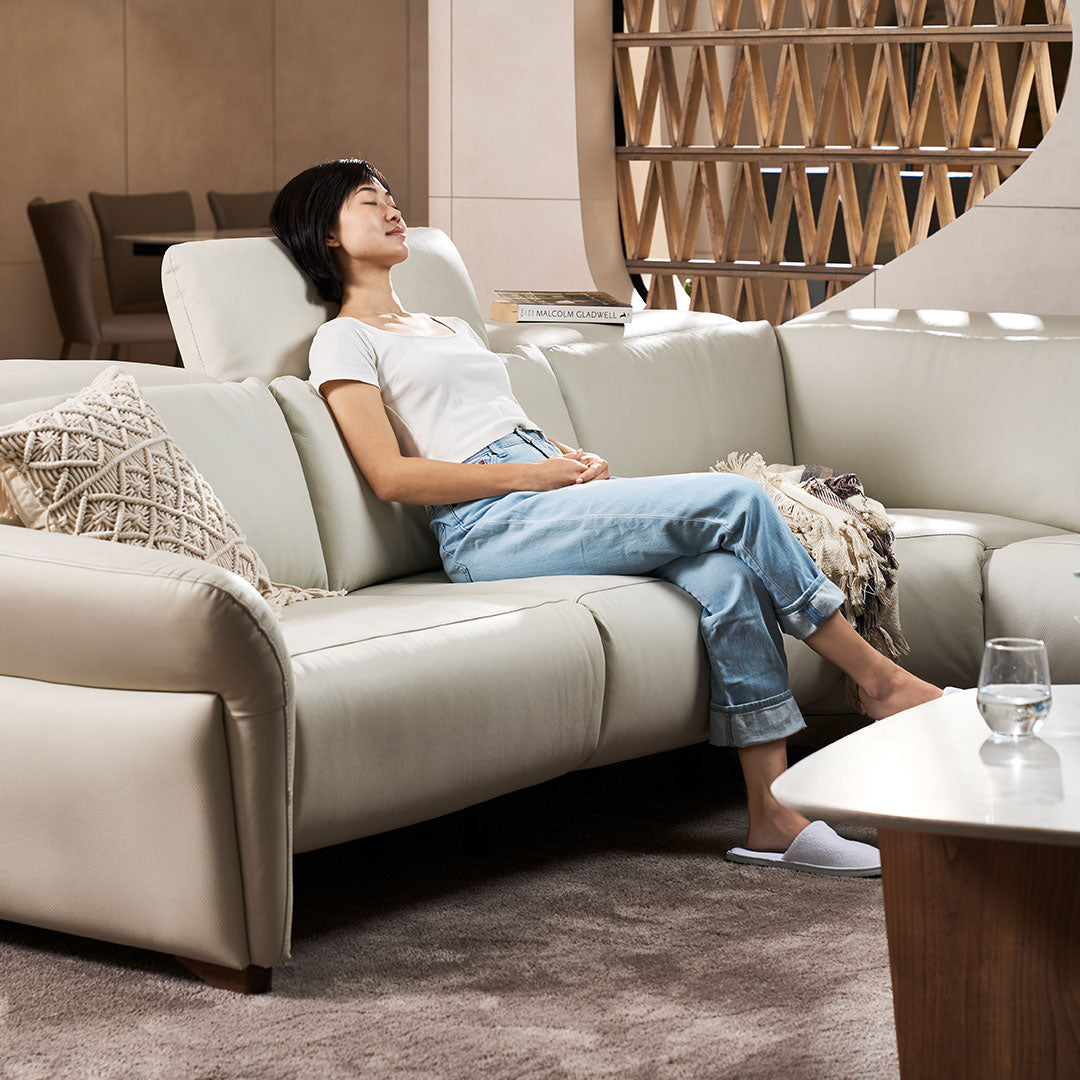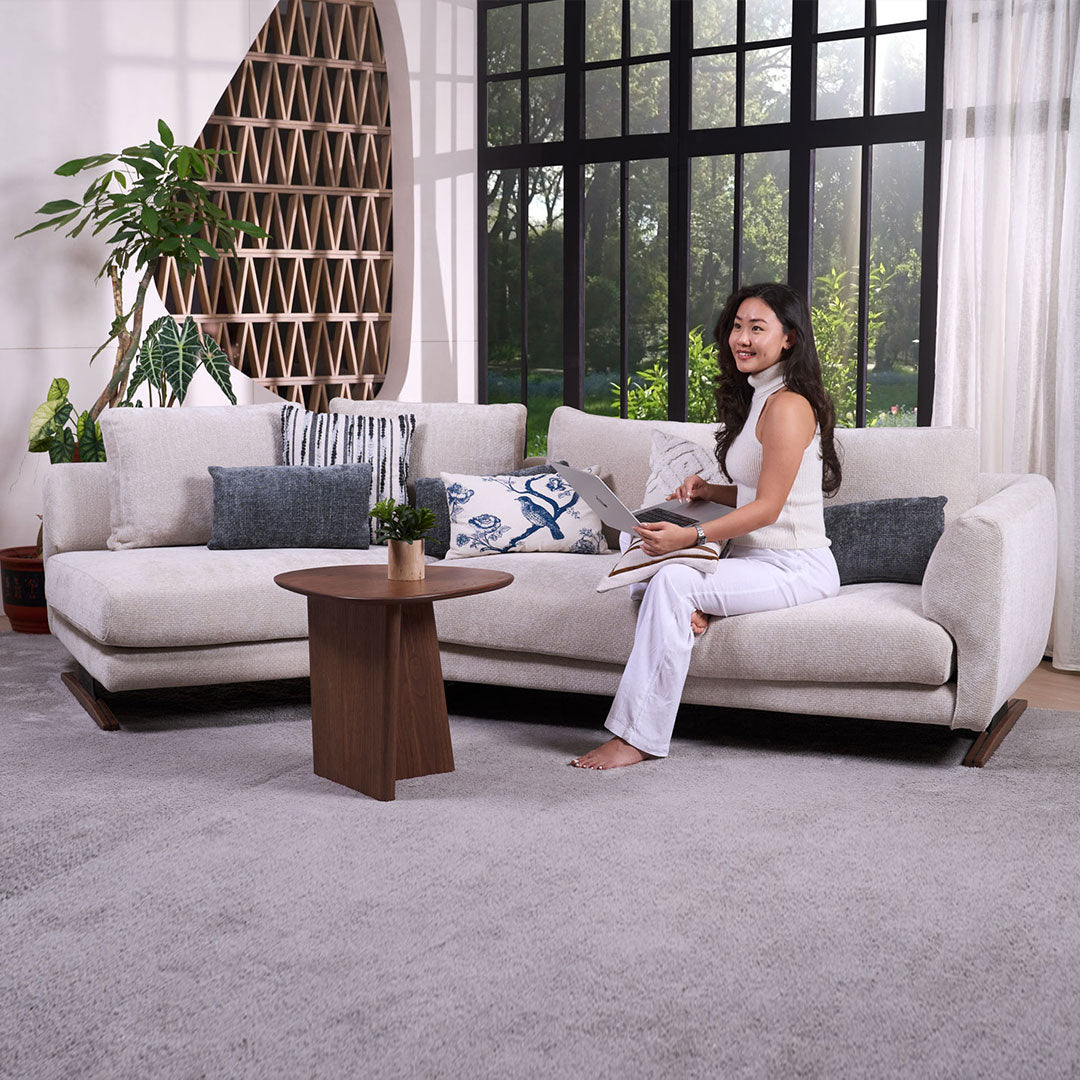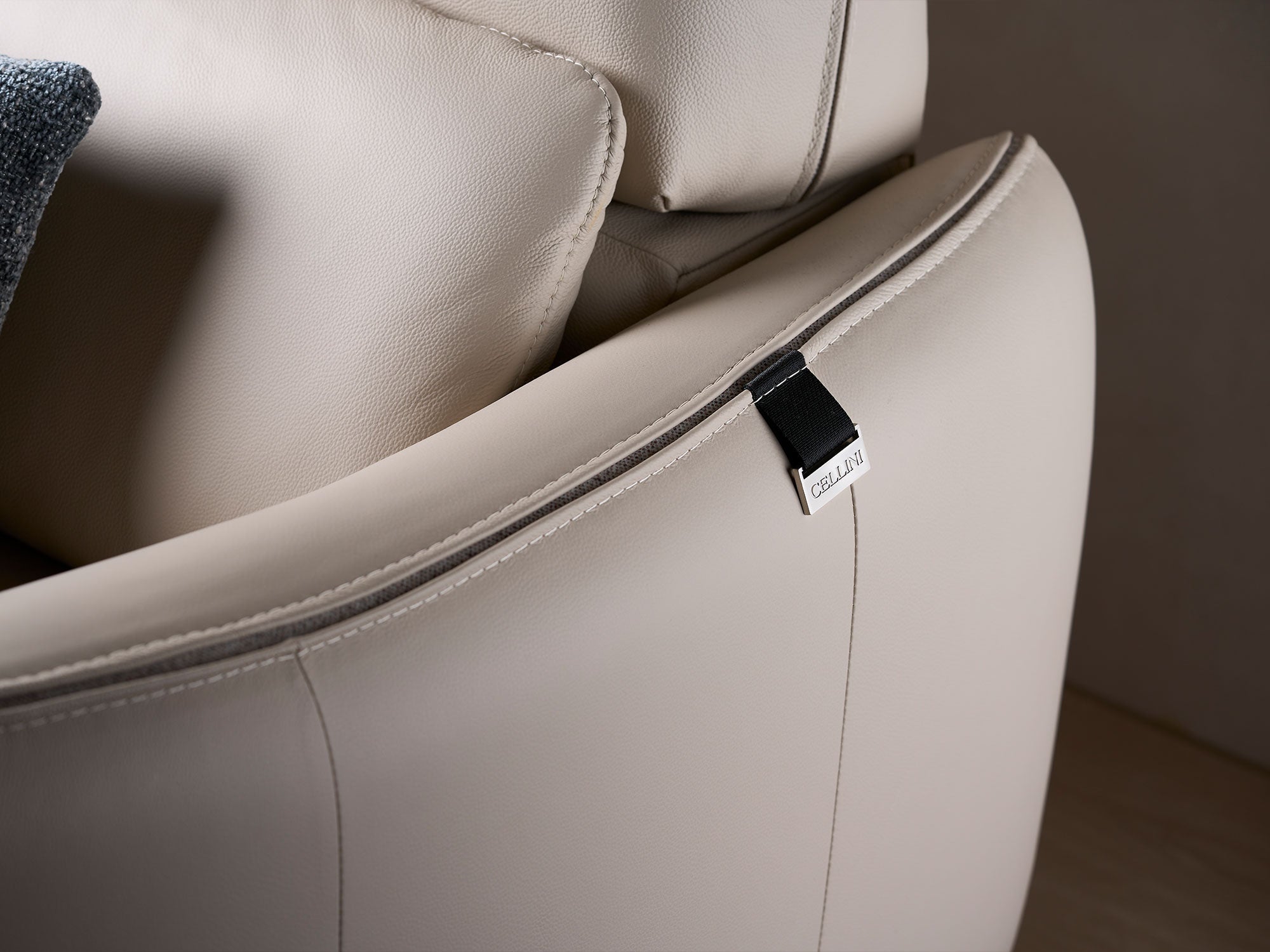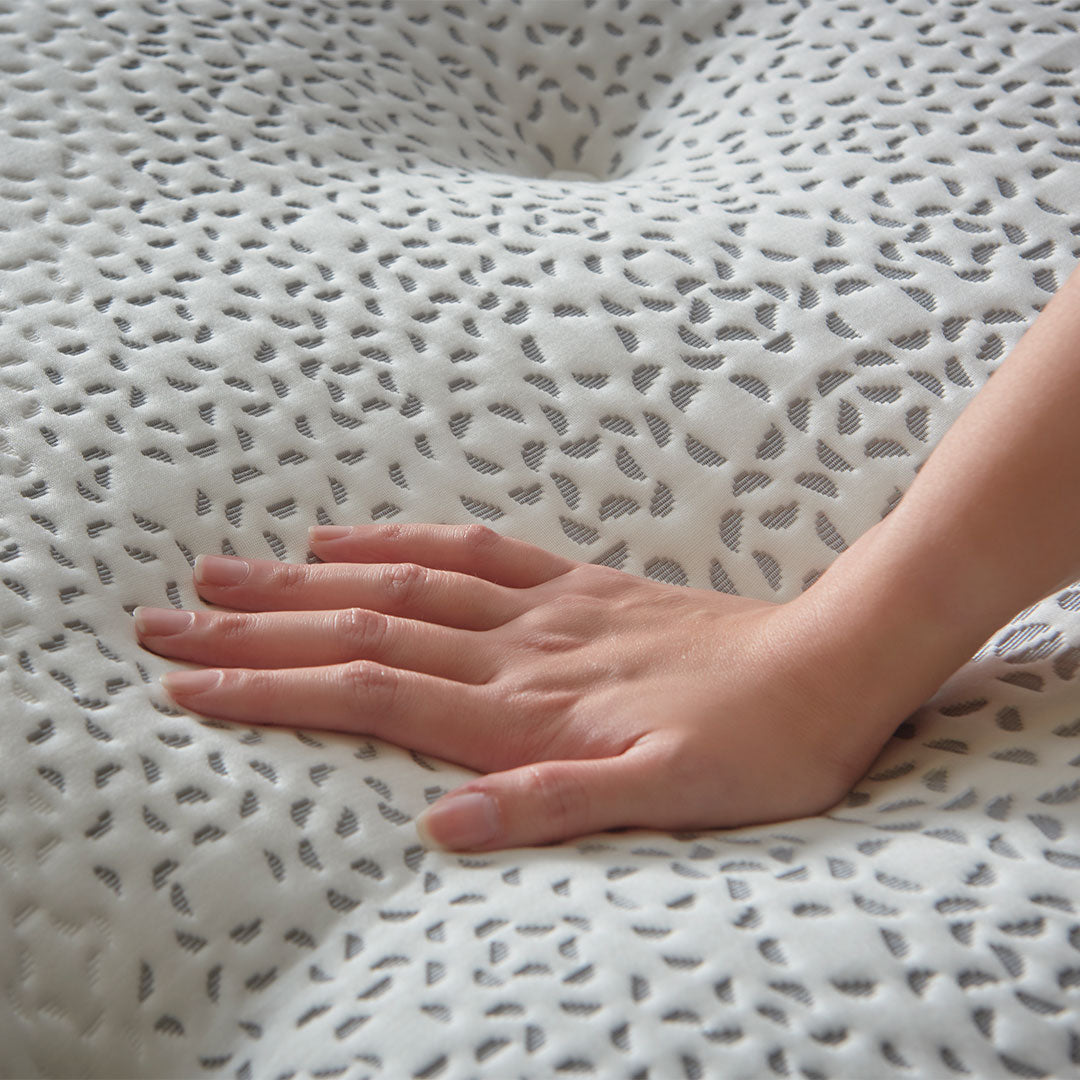Part 1: Introduction

In Singapore, where long hours and pressure are common at the workplace, there is a pressing need to create healthier offices for both employers and employees. The physical workspace is not just a place to show up and perform your tasks for the day; it also plays an active role in shaping performance, morale, and well-being. This is why progressive companies are prioritising wellness as a long-term investment, rather than an afterthought. After all, a healthier workforce is a more engaged workforce, and the design of the office directly influences this balance.
One of the most effective ways to create a healthier workplace is through ergonomic office furniture. For years, ergonomics focused mainly on workstations and task chairs. However, with the rise of hybrid work and flexible office layouts, it is clear that employee comfort extends far beyond the desk. Lounge areas, breakout corners, and casual meeting spaces are now central to workplace culture. To make these areas truly effective, they must be equipped with ergonomic office furniture that supports posture, encourages relaxation, and reduces physical strain.
In this article, we will explore how ergonomic seating solutions are redefining modern office design and why prioritising comfort leads to happier and more productive teams.
Key Takeaways
- Ergonomic seating solutions play a vital role in creating comfortable spaces work, from offices to breakout areas, lounges, and even collaborative spaces.
- Wellness-focused office design supports both productivity and morale by addressing how people sit, rest, and recharge throughout the day.
- Investing in quality ergonomic office lounge furniture is an investment in healthier workplace environments and long-term employee satisfaction.
Part 2: Rethinking Office Ergonomics Beyond the Desk

2.1. What Is Office Ergonomics Today?
When people hear the word “ergonomics,” the first thing that often comes to mind is the office desk and chair setup. For years, the focus has been on ensuring that employees sit upright with proper lumbar support whilst typing on a keyboard. However, as the way we work evolves, so too has the definition of office ergonomics. Today, it goes far beyond desks and chairs to encompass the entire work environment, from dedicated workstations to informal spaces where people rest, collaborate, or brainstorm.
In modern workplaces, employees no longer spend their entire day anchored to one spot. Hybrid working patterns, casual meetings, and spontaneous collaboration mean that staff frequently move between formal desks, lounge areas, and shared spaces. This shift highlights why ergonomic office furniture must now be considered for every part of the workplace, not just the workstation. A well-designed office sofa, a set of armchairs and recliners, or even comfortable breakout seating can have as much impact on health and productivity as an office chair.
The purpose of ergonomics is simple: to align the environment with the body’s natural movement. Good ergonomic office furniture does more than support the spine; it also distributes weight evenly, reduces pressure points, and encourages better posture in every setting. Whether employees are typing away at a desk or relaxing briefly in a lounge corner, ergonomic support ensures they remain comfortable, energised, and in a good headspace to perform.
By broadening the definition of office ergonomics, companies can create healthy workplace environments that cater to all kinds of work. This holistic approach helps businesses build not only efficient offices but also sustainable wellness-centric work cultures.
2.2. Why Ergonomics Still Matters in Relaxation Zones
Many assume that posture problems only occur when they are working at their desks, but this is far from true. Poor alignment can develop anywhere—on a sofa, in an armchair, or even whilst sitting casually in a breakout corner. In fact, the moments spent lounging often go unnoticed, yet they significantly contribute to poor posture. Employees may unwittingly hunch over laptops, lean awkwardly during informal chats, or slouch in unsupportive seating. Over time, these habits could cause discomfort and reduce energy levels.
This is why it is important to extend ergonomic office furniture to lounge areas, quiet rooms, and casual meeting spaces, companies can ensure that employees are protected no matter where they work or rest. Ergonomic office lounge furniture, including sofas, armchairs, and recliners, offers cushioning, lumbar support, and thoughtful design that keeps the spine aligned.
In Singapore’s fast-paced work culture, having comfortable breakout seating is necessary for maintaining morale. These zones allow staff to pause, recharge, and return to tasks with renewed focus. When integrated into a wellness-focused office design, relaxation areas act as a safeguard against fatigue, burnout, and the hidden toll of bad posture.
2.3. The Hidden Costs of Discomfort at Work
Discomfort in the workplace may seem like a minor issue, but its long-term consequences are substantial. Research suggests that more than half of employees experience pain or fatigue directly linked to poor workspace design. Without a proper solution, these issues could escalate into costly problems for both individuals and organisations.
- Reduced focus and productivity: Physical pain distracts employees, lowering concentration levels and work quality.
- Increased absenteeism: Chronic discomfort leads to medical leave, disrupting workflow and creating staffing gaps.
- Declining morale: When workers feel unsupported, they are less engaged, which in turn affects team dynamics.
In competitive corporate environments, where every second wasted could cost businesses a client or a customer, these hidden costs could quickly add up. Investing in ergonomic office furniture, such as supportive armchairs for your workplace, is not merely about comfort; it is a strategic decision that could determine your organisation’s long-term survivability. An employee who is seated comfortably at all times is less likely to experience the strain that comes with poor posture, and more likely to deliver consistent results.
As staff move interchangeably between desks, common areas, and relaxation corners, every seat must be designed to protect posture. High-quality ergonomic office furniture prevents discomfort from becoming a productivity drain, ultimately saving businesses both money and morale.
Part 3: Designing Health-First Relaxation Zones with Sofas and Armchairs

3.1. What Is Ergonomic Soft Seating?
When most people think of ergonomic office furniture, task chairs usually come to mind. However, other forms of seating, such as sofas and armchairs, can also be found in relaxation zones in modern offices. They too, should be designed to improve posture and prevent strain, even during moments of rest.
Unlike standard seating, ergonomic office furniture prioritises:
- Supporting natural spine alignment to prevent slouching.
- Distributing body weight evenly across cushions to reduce pressure.
- Reducing pressure points that can cause discomfort during longer breaks.
By focusing on these elements, ergonomic office furniture encompasses the best of both worlds in terms of style and functionality. Ultimately, employees can take a break from work, but not from maintaining good posture. To that end, incorporating comfortable breakout seating in a lounge or collaborative corner can transform these spaces into functional parts of a healthy workplace environment.
The value of ergonomic soft seating is that it bridges the gap between productivity and relaxation. Employees can recharge comfortably and return to tasks refreshed without sacrificing posture or well-being.
3.2. Where Do Ergonomic Sofas and Armchairs Fit?

The beauty of ergonomic office furniture lies in its flexibility. Unlike rigid desk setups, ergonomic sofas and armchairs can be adapted to a variety of spaces within the office. In Singapore, where office layouts are often compact, these pieces can be strategically placed to maximise function.
They are ideal for:
- Wellness corners: Quiet spaces where employees can unwind in relaxing armchairs for added comfort.
- Breakout rooms: Equipped with comfortable seating, these areas are designed to support informal discussions and team sharing.
- Client lounges: Ergonomic sofas or even designer furniture can create an elegant first impression whilst offering genuine comfort on top of the sophistication.
-
Collaborative brainstorming zones: Flexible seating encourages teams to gather and exchange ideas in a relaxed manner.
By placing ergonomic office furniture in these zones, businesses send a clear message: employee well-being matters everywhere, not just at the desk. This approach reflects the shift towards wellness-focused office design, where relaxation and collaboration are equally important to overall success.
3.3. Why Ergonomic Sofas and Armchairs Should Not Be an Afterthought
Too often, soft seating in offices is chosen for appearance alone. Yet, a poorly designed sofa or stiff armchair can do more harm than good. They encourage slouching, strain muscles, and leave employees feeling less rested than before.
By contrast, ergonomic office furniture enhances recovery. A sofa with proper lumbar support allows the spine to rest in alignment. Similarly, armchairs and recliners with adequate cushioning can reduce shoulder tension. These are the seemingly minute details that keep employees refreshed, energised, and ready to re-engage with their work.
Beyond the seating itself, wellness-focused office design considers the environment around it:
- Lighting: Natural daylight improves mood, while warm-toned ambient lights soften the atmosphere, especially in relaxation zones.
-
Space arrangement: Keeping tables, charging points, and storage within reach ensures functionality without clutter.
In short, the right ergonomic office furniture helps create spaces that truly support wellness, an integral element of a healthy workplace environment.
3.4. What to Look for in Ergonomic Lounge Furniture
Not all lounge furniture qualifies as ergonomic. To ensure employees receive the benefits of support and comfort, here are some essential characteristics that businesses should look out for:
- Lumbar or back support that maintains natural posture.
- Supportive yet plush cushioning for long-lasting comfort.
- Optimal seat height and depth to suit different body types.
- Armrests that reduce shoulder tension, especially in armchairs.
- Breathable upholstery that adapts to Singapore’s humid climate.
By focusing on these qualities, companies can avoid the pitfalls of decorative-only seating. Choosing the right ergonomic office furniture allows employees to rest, collaborate, or work casually without compromising their health. Whether it is a stylish sofa in a breakout space or armchairs and recliners in a quiet zone, every piece contributes to the bigger picture: achieving a balanced, wellness-centric office.
Frequently Asked Questions
1. Does ergonomic lounge furniture really improve productivity?
Yes, productivity is closely tied to how comfortable employees feel throughout the day. When staff have access to supportive seating in lounges or breakout areas, they can recharge properly before returning to their tasks. Short moments of comfort can make a big difference in sustaining focus over long hours.
Integrating ergonomic office furniture into relaxation zones helps reduce physical strain, which often goes unnoticed until it affects concentration. By lowering discomfort, businesses not only improve efficiency but also encourage employees to remain motivated and engaged, creating healthier work habits in the long term.
2. Should ergonomic furniture match the office’s overall design?
Definitely. A cohesive workplace aesthetic contributes to professionalism and brand identity. Choosing ergonomic lounge furniture that complements the existing décor ensures that the office looks unified and inviting for both employees and clients. This balance between comfort and style is key in modern offices.
Many brands now offer ergonomic office furniture in contemporary designs that blend seamlessly with different interiors. Whether you prefer sleek lines, neutral tones, or bold accents, there are sofas, armchairs, and recliners that deliver both ergonomic benefits and visual appeal, allowing functionality without compromising on style. Reputable furniture stores in Singapore, such as Cellini, should carry a wide range of ergonomic furniture to suit different kinds of workplaces.
3. Can lounge areas improve collaboration?
Yes, informal settings often encourage more natural discussions compared to formal boardrooms. Comfortable lounge areas allow teams to exchange ideas freely, brainstorm creatively, and build stronger relationships in a relaxed atmosphere. These spaces often become hubs for spontaneous problem-solving and innovation.
Equipping these areas with ergonomic office furniture makes collaboration sustainable over longer periods. Employees can focus on the conversation without being distracted by discomfort. From breakout sofas to supportive armchairs, the right seating encourages open dialogue, strengthens teamwork, and transforms relaxation zones into dynamic collaborative environments.
4. Is ergonomic office furniture worth the investment?
Yes, because the cost of discomfort far outweighs the investment in quality furniture. Poor seating design contributes to fatigue, absenteeism, and lower employee satisfaction, which can impact a business’s performance and reputation. By contrast, supportive ergonomic pieces promote long-term well-being and productivity.
Incorporating ergonomic office furniture across different zones is a strategic decision for companies in Singapore. Sofas, armchairs, and recliners that support posture help employees feel valued and cared for. The result is a healthier workplace environment where staff can thrive, leading to stronger retention and better business outcomes.
Modern offices are recognising the importance of prioritising both efficiency and employee well-being. Gone are the days of limiting ergonomic furniture to desks and chairs; comfort must be extended to every part of the workplace, from workstations to breakout zones, client lounges, and collaborative corners.
Moreover, the modern workforce will not settle for uncomfortable work environments and is more than willing to explore other options. In order to maximise employee retention and maintain a healthy, happy and productive team, you will need to create an environment that compels them to stay and give their best to the organisation. This is why investing in ergonomic office furniture is a long-term strategy that will pay off in the long run.
As a leading furniture shop in Singapore, we at Cellini believe that every piece of furniture should balance design with function. Our range of ergonomic furniture offers the perfect blend of comfort, durability, and style—tailored for Singapore’s modern workplaces. Whether you are creating relaxation zones or upgrading collaborative spaces, we provide solutions that put wellness at the heart of office design.
To learn more about our ergonomic furniture and how they can support your team in every sense of the word, please contact us today.







